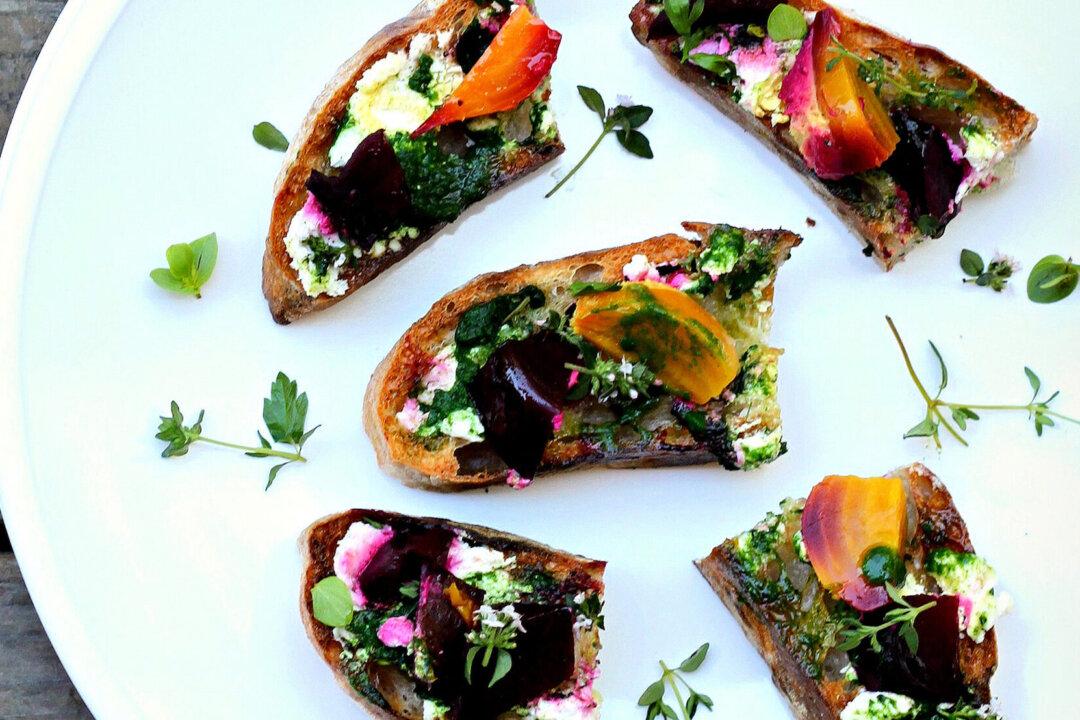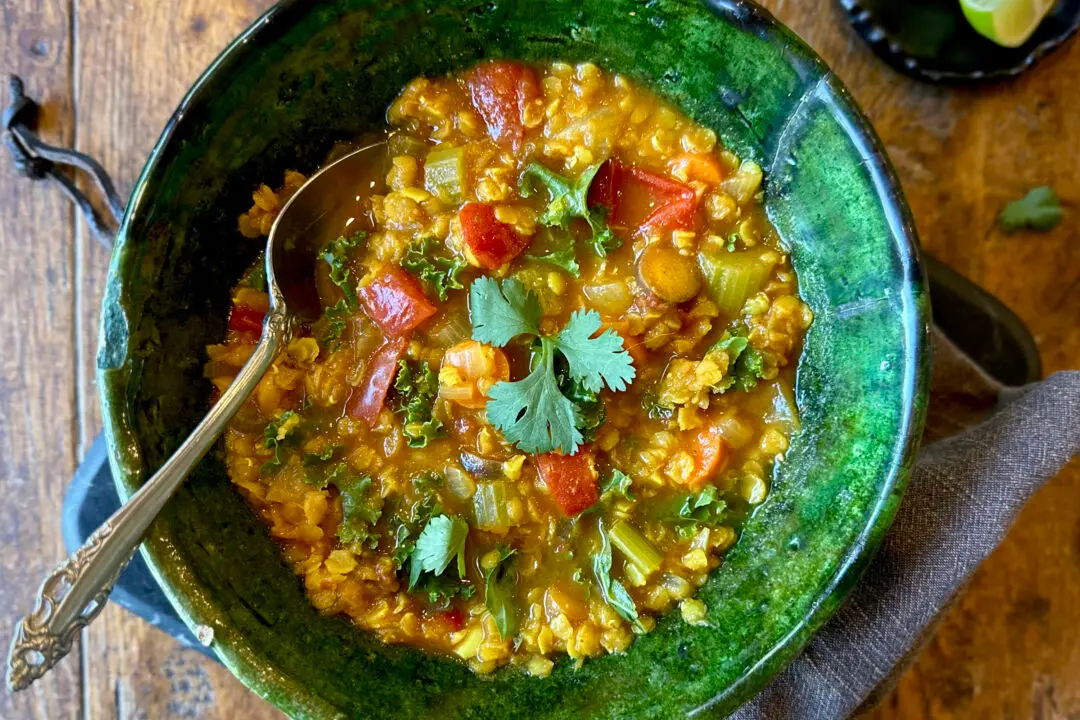There’s something very pleasing about an open-faced sandwich. While simple in concept, the open sandwich construction is popular in myriad cultures. For instance, it’s known as bruschetta in Italy, tartine in France, or smorrebrod in Scandinavia, and the arrangements range from simple and minimal (such as a smear of garlic and tomato) to hefty and filling. They can be visually rustic, fancy, and fussy, and gravity-defyingly artistic.
By removing the top piece of bread from the equation, the sandwich filling becomes the topping, which is a lovely reflection of the sum of its parts and a visual tease, beckoning a bite. The bottom piece of bread serves as a plate, to which a smear of butter, fat, cheese, or pate is added to seal the bread and serve as a (tasty) barrier, preventing moisture from the toppings from making it soggy. While this is both practical and utilitarian, the type of bread can be as distinctive as the toppings, ranging from day-old bread that gets a revitalizing toast on the grill, to dense and crusty country-style bread, to thin slices of malty ryebread.





